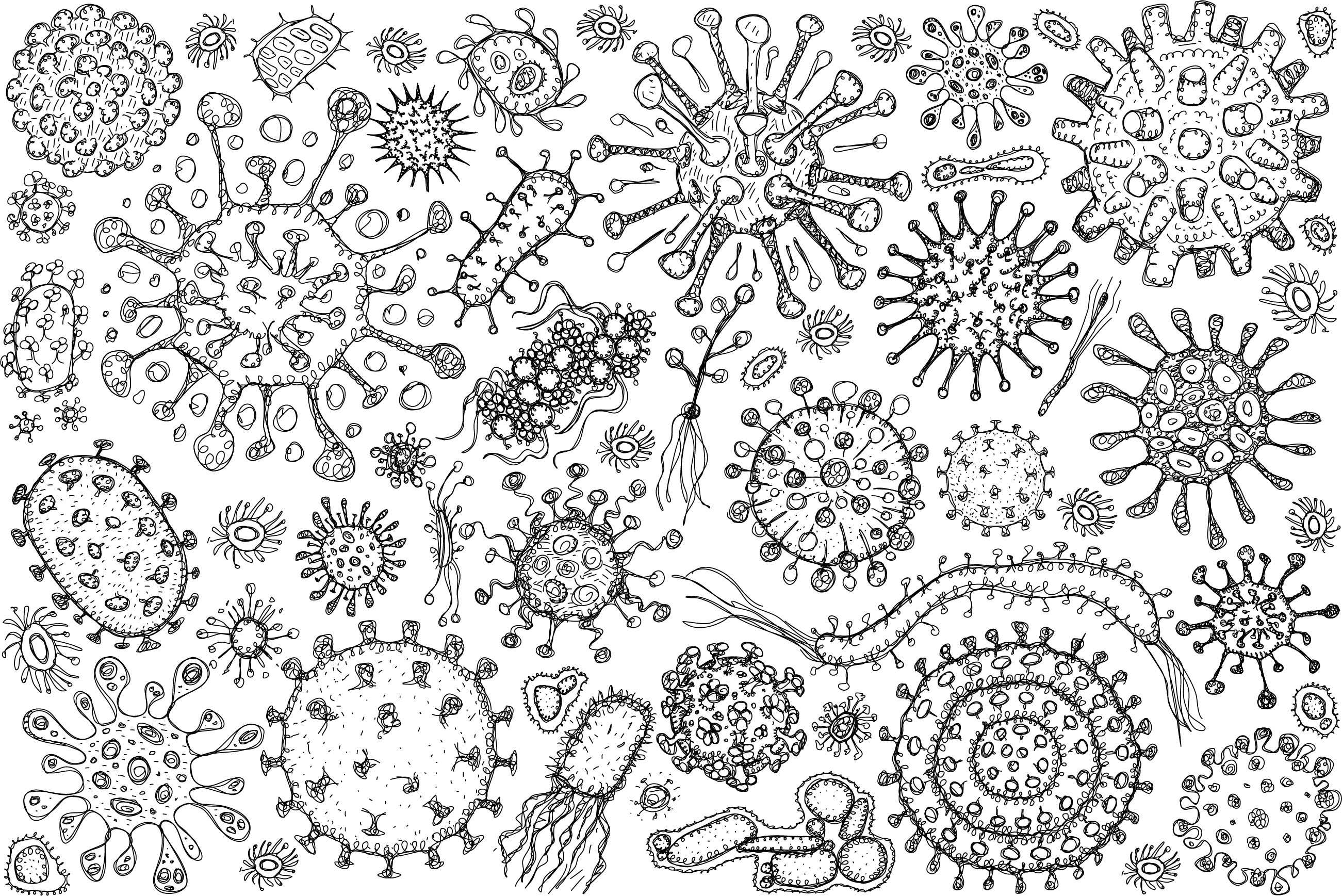
Seminar Title: Unpacking the complexity of clinical Mycobacterium abscessus infections
Abstract: Mycobacterium abscessus (Mab) resistance mechanisms have been partially characterized with shared features observed in Mycobacterium tuberculosis, yet a knowledge gap remains in understanding persistent infections via phenotypic and genetic changes. The morphological transition from smooth (S) to rough (R), controlled predominantly by the glycopeptidolipid (GPL) gene locus, is linked to reduced GPL and increased virulence. In the R morphotype, bacteria form cords and escape the host’s response, leading to infection persistence. By pairing culture-based and molecular methods the link between phenotypic behaviour and genetic determinants were elucidated. Clinical Mab strains were isolated from 19 long-term cystic fibrosis patients in Vancouver, Canada. Multiple analytic methods were used including WGS, antibiotic testing, lipid analysis, and infection modelling. Strains were separated by microscopy into S and R, with half of the original strains presenting both. Morphotypes were classified as S and R, however observed colony features deviated from the discrete morphologies described in the literature. GPL profiles from lipid analysis matched the assigned morphotypes, except in seven strains, which presented as R yet expressed GPL. A subset (n=25) belonging to five patients were evaluated for bacterial burden and cording using THP-1 macrophage infections. Three patients with notable lung function decline over time had an associated transition of colony morphotype from S to R. In a THP-1 macrophage infection model, the R isolates replicated at a significantly faster rate than the S, inverse to previous observations in M. abscessusreference strains. Moreover, isogenic pairs at earlier stages of infection often replicated at more equal and slow rates than later-stage pairs where the divergence was significant. Unlike prior investigations that have primarily linked rough strains to worsened patient conditions, this study uniquely quantifies the correlation of intracellular replication rate with pulmonary deterioration. The limitations of relying on reference strains and a paucity of clinical isolates in past studies are highlighted, emphasizing the need for cautious interpretation of reference strain-derived findings in clinical contexts. The intricate progression of infections and the shifting replicative behaviour of rough variants during disease progression add complexity to infection pathogenesis. Through the analysis of isogenic pairs and serial isolates, the inherent heterogeneity of rough strains within and between patients is underscored, manifesting in variable replication rate and increasing variance in later-stage isolates. This study confirmed the general correlation between morphotype and GPL levels yet unveiled more variability within morphotype groups than previously recognised, particularly during intracellular infection. These findings contribute to the expanding knowledge base surrounding Mab infections, offering insights that can steer future research, diagnostic methodologies, and treatment approaches.
Life Sciences Centre, LSC 3 MBIM itsupport@microbiology.ubc.ca America/Vancouver publicSeminar Title: Unpacking the complexity of clinical Mycobacterium abscessus infections
Abstract: Mycobacterium abscessus (Mab) resistance mechanisms have been partially characterized with shared features observed in Mycobacterium tuberculosis, yet a knowledge gap remains in understanding persistent infections via phenotypic and genetic changes. The morphological transition from smooth (S) to rough (R), controlled predominantly by the glycopeptidolipid (GPL) gene locus, is linked to reduced GPL and increased virulence. In the R morphotype, bacteria form cords and escape the host’s response, leading to infection persistence. By pairing culture-based and molecular methods the link between phenotypic behaviour and genetic determinants were elucidated. Clinical Mab strains were isolated from 19 long-term cystic fibrosis patients in Vancouver, Canada. Multiple analytic methods were used including WGS, antibiotic testing, lipid analysis, and infection modelling. Strains were separated by microscopy into S and R, with half of the original strains presenting both. Morphotypes were classified as S and R, however observed colony features deviated from the discrete morphologies described in the literature. GPL profiles from lipid analysis matched the assigned morphotypes, except in seven strains, which presented as R yet expressed GPL. A subset (n=25) belonging to five patients were evaluated for bacterial burden and cording using THP-1 macrophage infections. Three patients with notable lung function decline over time had an associated transition of colony morphotype from S to R. In a THP-1 macrophage infection model, the R isolates replicated at a significantly faster rate than the S, inverse to previous observations in M. abscessusreference strains. Moreover, isogenic pairs at earlier stages of infection often replicated at more equal and slow rates than later-stage pairs where the divergence was significant. Unlike prior investigations that have primarily linked rough strains to worsened patient conditions, this study uniquely quantifies the correlation of intracellular replication rate with pulmonary deterioration. The limitations of relying on reference strains and a paucity of clinical isolates in past studies are highlighted, emphasizing the need for cautious interpretation of reference strain-derived findings in clinical contexts. The intricate progression of infections and the shifting replicative behaviour of rough variants during disease progression add complexity to infection pathogenesis. Through the analysis of isogenic pairs and serial isolates, the inherent heterogeneity of rough strains within and between patients is underscored, manifesting in variable replication rate and increasing variance in later-stage isolates. This study confirmed the general correlation between morphotype and GPL levels yet unveiled more variability within morphotype groups than previously recognised, particularly during intracellular infection. These findings contribute to the expanding knowledge base surrounding Mab infections, offering insights that can steer future research, diagnostic methodologies, and treatment approaches.

